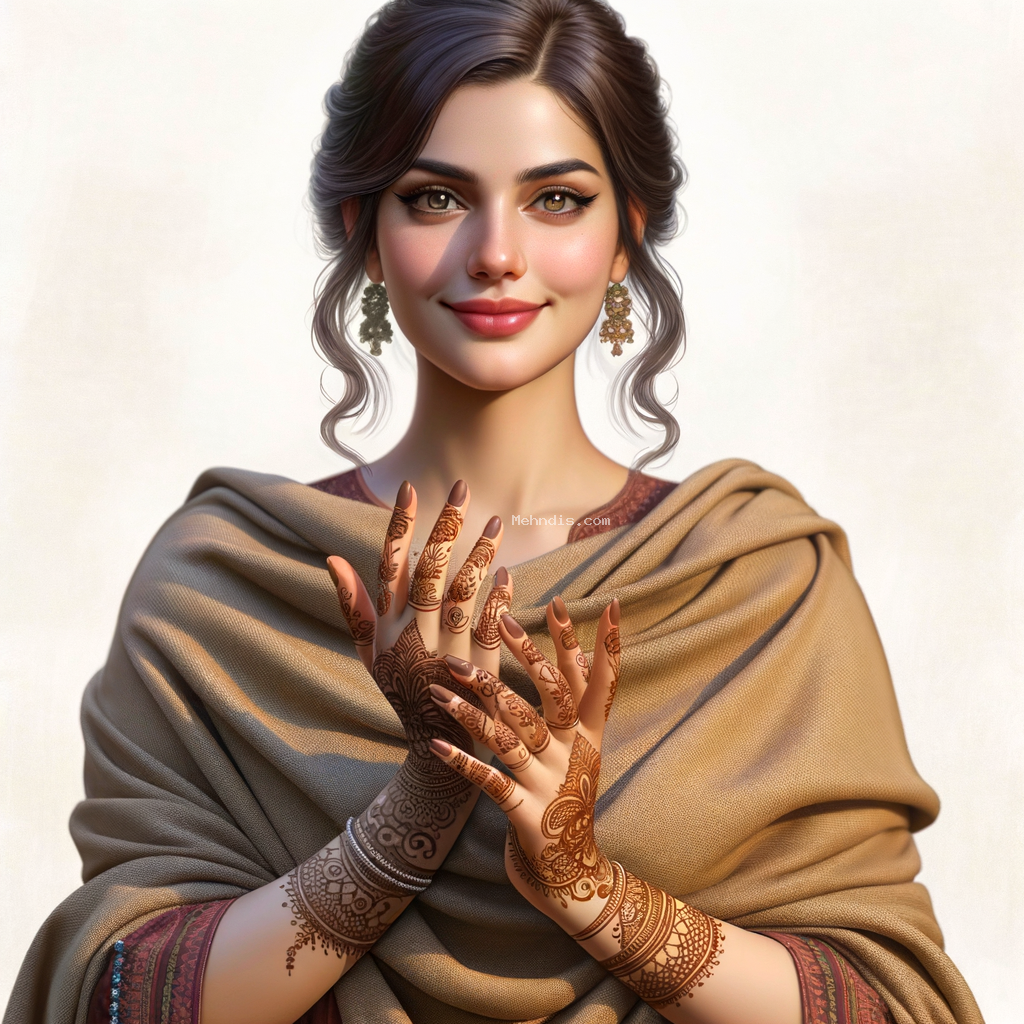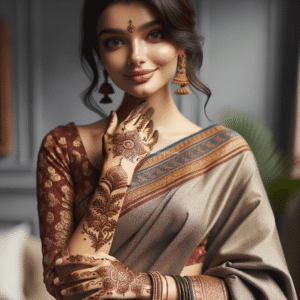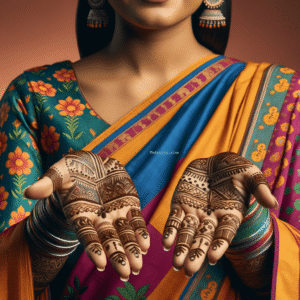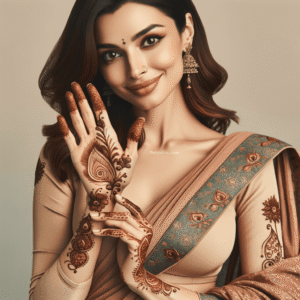For the festive occasion of Onam, a blend of Indo-Arabic mehndi design on a woman’s foot adds a touch of elegance and tradition. This contemporary style combines intricate patterns influenced by Indian and Arabic cultures, creating a unique and visually stunning artwork. The fusion of these two styles results in a design that beautifully complements the occasion of Onam, a harvest festival celebrated in Kerala.
The mehndi design typically features motifs such as peacocks, mango leaves, and traditional Indian patterns intricately woven with Arabic floral and paisley elements. These patterns symbolize prosperity, fertility, and the blooming of new beginnings, aligning perfectly with the essence of Onam. The designs flow gracefully across the foot, accentuating its natural curves and contours. Each motif and curve is meticulously crafted, showcasing the skill and artistry of the mehndi artist.
Traditional mehndi art involves the application of henna paste, which leaves a reddish-brown stain on the skin once dried. This dye is considered auspicious in Indian culture and is believed to bring good luck and ward off evil. Through the intricate patterns and flowing movements of the design, the Indo-Arabic style mehndi celebrates the rich cultural heritage of India and the artistic influences from across the region, making it a perfect adornment for the vibrant celebrations of Onam.
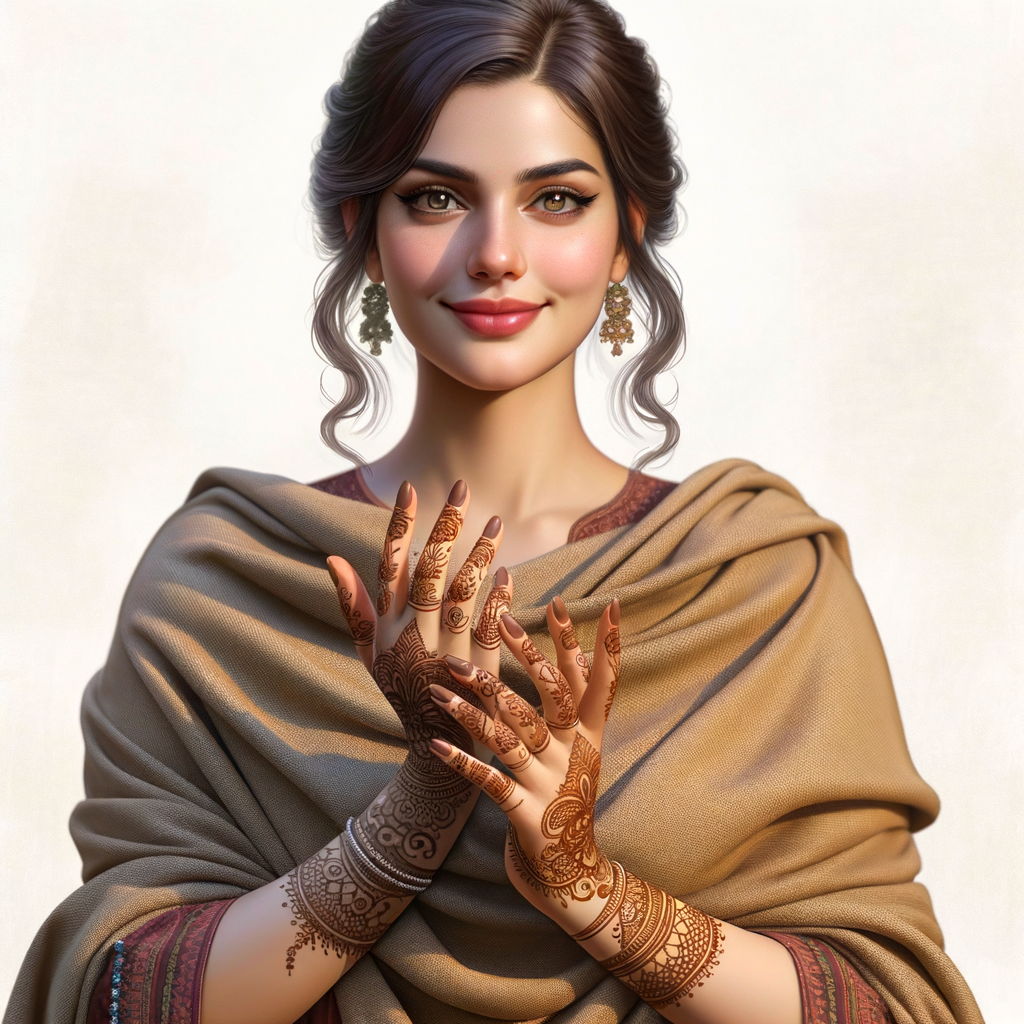
A different perspective of this Contemporary mehndi design rotated 45 degrees
How to Apply This Contemporary Mehndi Design on Feet
Follow these simple steps to recreate this beautiful mehndi design at home:
- Start by cleaning, exfoliating, and drying your feet thoroughly.
- Begin with the central motif on the top of the foot and work your way outward.
- Use a high-quality mehndi cone for precise application.
- Pay special attention to the ankle and toe areas.
- Allow the mehndi to dry completely before removing the paste.

Another angle of this Contemporary mehndi design rotated -30 degrees
Perfect for Onam
This design is particularly suitable for Onam celebrations, where intricate mehndi patterns are traditionally worn to enhance the festive spirit.
